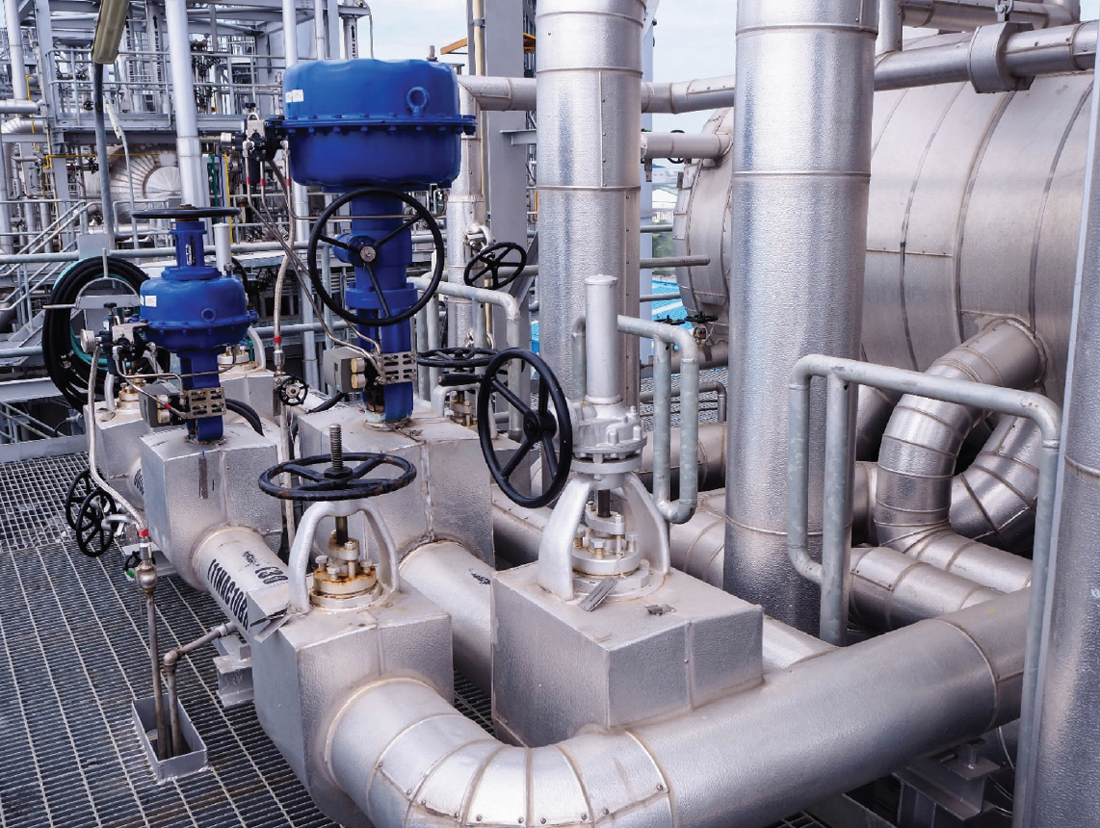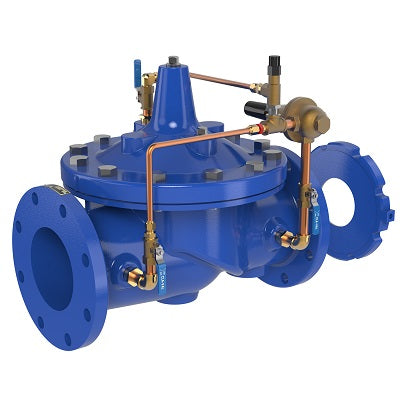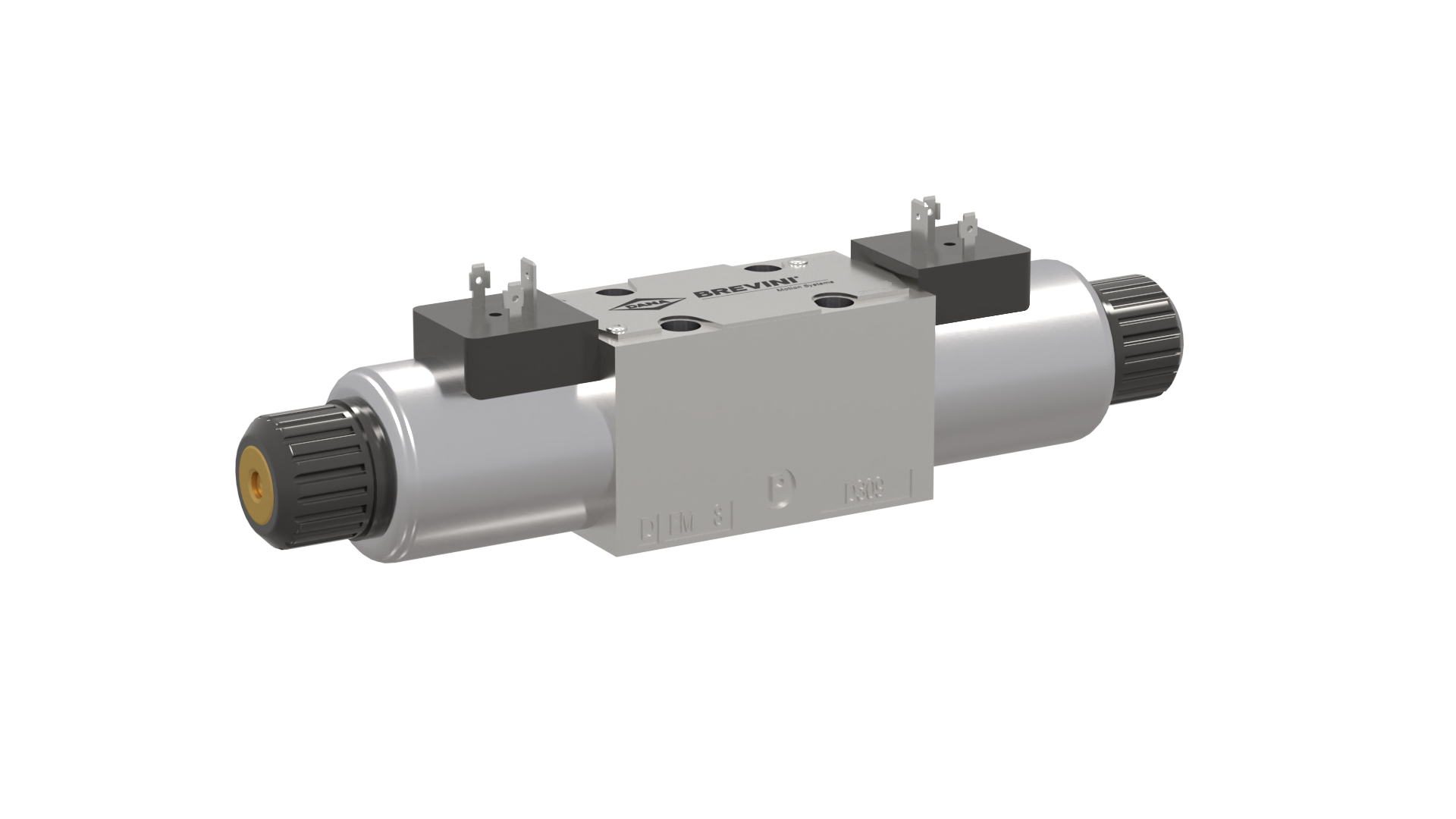How Control Valves Effect Energy Efficiency in Industrial Settings
How Control Valves Effect Energy Efficiency in Industrial Settings
Blog Article

Maximize Energy Financial Savings and Comfort With Advanced Structure Automation Controls
In the world of modern-day architecture and facility administration, the integration of sophisticated building automation regulates stands as a critical development. The merging of innovation and sustainability has birthed a brand-new period where power efficiency, comfort optimization, and operational streamlining are no much longer remote aspirations but achievable realities. By harnessing the power of automation, structures can adjust, react, and advance in methods that were once unbelievable. The potential for significant energy cost savings and improved comfort is not just a promise however an opportunity waiting to be satisfied. This standard shift in structure management holds the vital to unlocking a world where ecological conscientiousness and occupant wellness harmoniously exist side-by-side within the walls of our structures.
Energy Performance Conveniences
Power performance advantages can substantially decrease power consumption and functional prices in structures. By executing energy-efficient practices and modern technologies, building proprietors and operators can achieve significant savings while also contributing to ecological sustainability. One of the main advantages of improving power performance in buildings is the decrease of energy expenses. Energy-efficient systems, such as advanced structure automation controls, can maximize using resources like illumination, air conditioning, and heating, resulting in lower power costs in time.
Additionally, improved power efficiency can extend the lifespan of structure equipment and systems. By running more effectively, heating and cooling systems, light, and various other structure components experience less wear and tear, resulting in decreased upkeep and substitute prices. Additionally, energy-efficient structures frequently regulate higher residential or commercial property values and rental rates, providing long-term monetary advantages to owners.
Moreover, energy performance can improve occupant convenience and productivity. Properly controlled indoor atmospheres with optimum lighting and thermal problems develop an even more enjoyable and conducive work area, resulting in improved staff member satisfaction and performance. In general, the energy efficiency benefits connected with sophisticated structure automation controls are multifaceted, including cost savings, environmental stewardship, and resident well-being.
Improved Comfort Control
Enhancing comfort control in structure settings needs an innovative integration of sophisticated automation systems for ideal owner wellness. By making use of sophisticated structure automation controls, facilities can tailor the interior environment to satisfy the particular needs and preferences of residents. control valves.
Boosted comfort control exceeds basic temperature level adjustments. It consists of attributes such as individualized settings, occupancy sensors, and natural light utilization to develop a dynamic and responsive setting. By incorporating these advanced controls, buildings can not just enhance comfort yet additionally enhance energy efficiency by optimizing system operations based upon real tenancy and use patterns. Inevitably, focusing on resident comfort with innovative automation systems leads to an extra enjoyable and much healthier indoor environment.
Operational Performance Improvements

Furthermore, the application of real-time monitoring and analytics tools allows building operators to recognize power inadequacies and functional abnormalities without delay. By continuously keeping an eye on energy usage patterns and system efficiency metrics, modifications can be made in real-time to maximize power usage and guarantee peak operational efficiency. control valves. Additionally, including need response methods into structure automation controls can additionally improve operational efficiency by dynamically changing power usage based on grid conditions and pricing signals
Indoor Climate Optimization
Efficient indoor climate optimization is an essential element of structure automation controls, making sure owners' comfort and health while making best use of power savings. By using advanced sensing units and controls, building automation systems can constantly change and check temperature level, moisture levels, air top quality, and ventilation to create an optimum indoor atmosphere. Maintaining constant and comfortable problems not just enhances occupant complete satisfaction but likewise enhances performance and overall well-being.
Indoor environment optimization additionally plays a critical role in power performance. By fine-tuning air conditioning, air flow, and home heating systems based on real-time information and occupancy patterns, building automation controls can significantly lower power consumption - control valves. Carrying out approaches such as demand-controlled air flow and thermal zoning can aid minimize power waste while guaranteeing that each area of the structure receives the essential conditioning.

Lasting Environment Development
Building automation regulates not only maximize interior environment conditions for power efficiency and resident convenience however also lay the structure for producing a sustainable environment through strategic monitoring of systems and resources. By incorporating sophisticated building automation modern technologies, such as sensing units, actuators, and smart software application, facilities can keep an eye on and readjust power use in real-time to minimize waste and reduce their carbon impact. These systems enable predictive upkeep, recognizing possible problems prior to they intensify and enhancing devices performance to enhance durability and efficiency.
Additionally, sustainable atmosphere production expands past energy monitoring to include water preservation, waste reduction, best site and indoor air top quality renovation. Structure automation controls can control water usage, identify leaks, and ensure correct garbage disposal practices, adding to total sustainability efforts. Additionally, by keeping an eye on and regulating ventilation and filtration systems, these innovations boost occupant wellness and efficiency while lowering energy intake related to heating and cooling operations.
Final Thought
To conclude, advanced building automation regulates deal substantial advantages in regards to power savings, convenience control, functional efficiency, interior climate optimization, and producing a sustainable atmosphere. By carrying out these controls, structures can achieve optimum efficiency while lowering energy intake and improving resident comfort. It appears that the use of advanced automation modern technology is crucial in enhancing building performance and developing an extra lasting future.
Energy performance benefits can substantially reduce energy usage and functional costs in buildings. On the whole, the power performance advantages associated with advanced building automation controls are diverse, incorporating cost financial savings, environmental stewardship, and passenger health.
In addition, including need action strategies find more right into structure automation controls can better boost functional effectiveness by dynamically changing energy use based on grid problems and prices signals.
Building automation manages not only optimize interior environment conditions for power performance and owner comfort however additionally lay the structure for creating a lasting environment via strategic monitoring of systems and resources.In verdict, progressed structure automation regulates deal considerable benefits in terms of power financial savings, comfort control, operational efficiency, interior climate optimization, and creating a lasting atmosphere.
Report this page